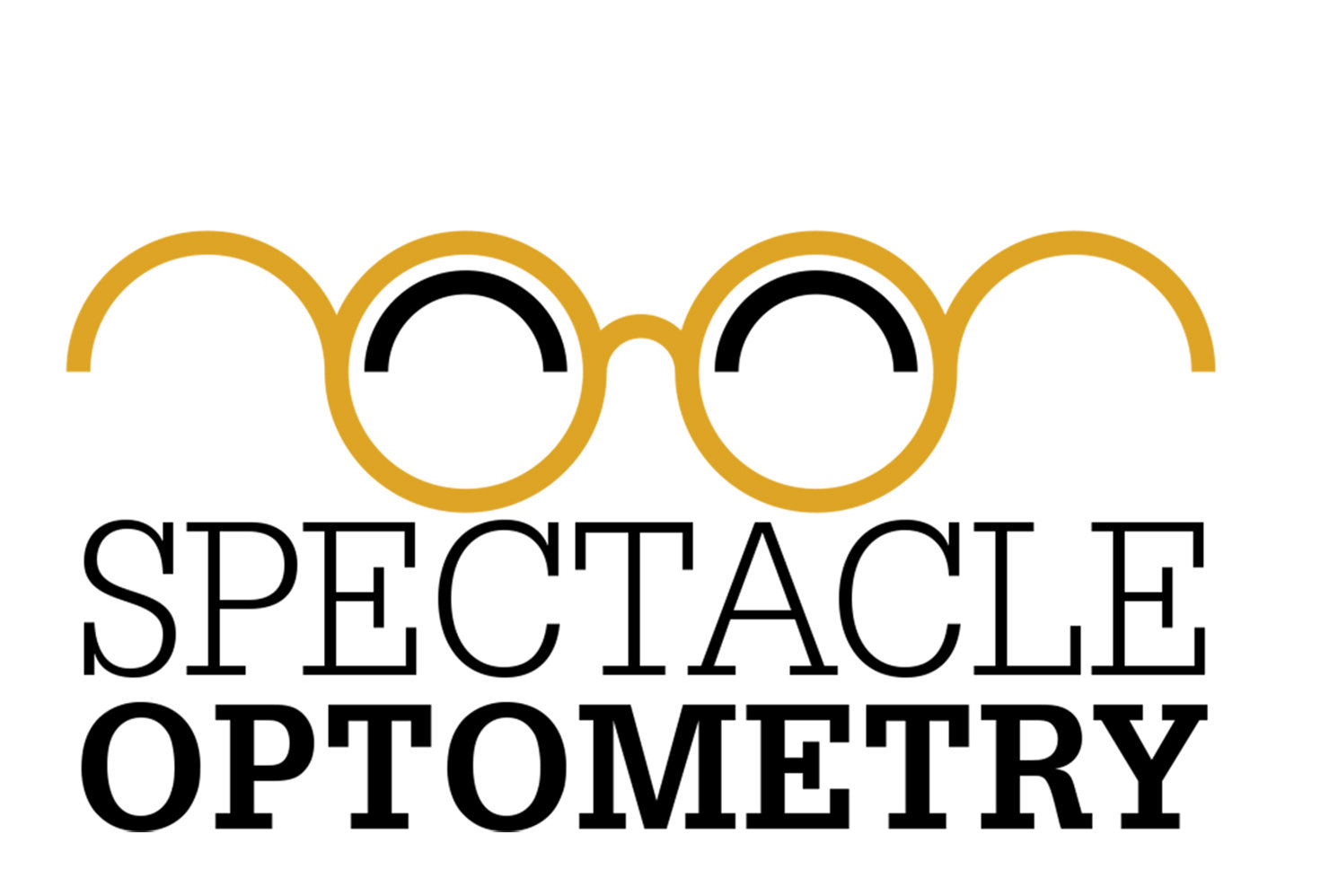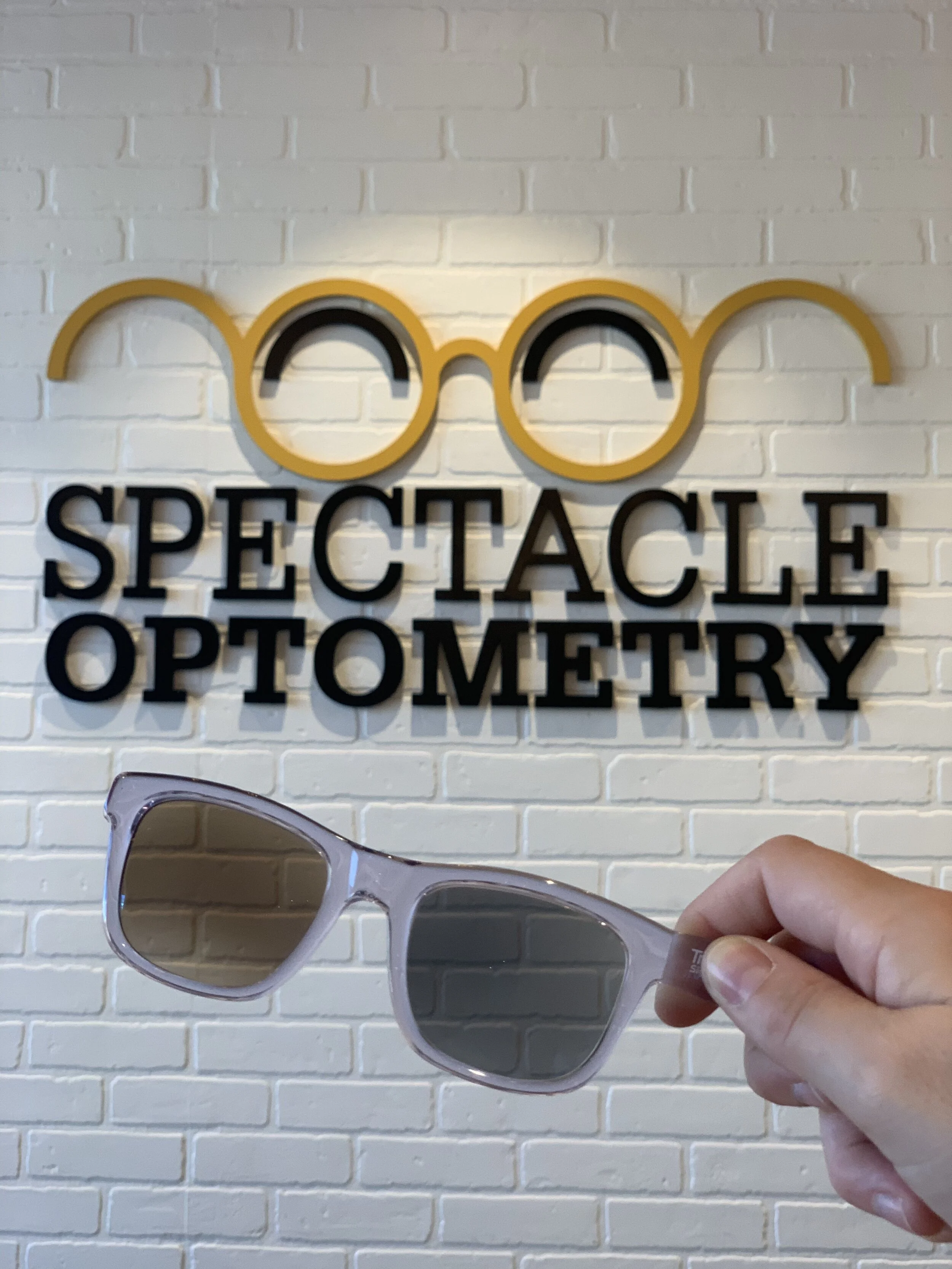ASTIGMA...WHAT? BREAKING DOWN YOUR GLASSES PRESCRIPTION
Our doctors take their time to get you the most accurate glasses prescription, but what do all those funky numbers really mean?! You might have heard of farsighted and nearsighted, but it can all be a little confusing! And don’t get me started on astigmatism, myopia, and hyperopia, which are other terms you might have heard an optometrist say before to describe your glasses prescription. Let’s break it all down today and make sense of your glasses prescription, so you know what is really going on.
After every exam at Spectacle, we will give you a copy of your prescription. Let’s use an example glasses prescription so we can dive right in…
If you have multiple glasses prescriptions, like one for driving and one for the computer, it will say in the top left corner the “Usage” in order to tell the prescriptions apart. This example just has one glasses prescription that they use for everything, which is why it says “General Wear.”
Looking below this, we find the glasses prescription! See… I told you there were lots of funky numbers (and letters!). We’ll work our way from left to right here. To start, OD is an abbreviation for Oculus Dexter. For those of us that did not study the lost language of Latin, it can be translated to right eye. OS is an abbreviation for Oculus Sinister, which can be translated to left eye. Fun fact: In ancient times, left handed people were thought to be evil, or maybe just misunderstood, which is where the “Sinister” name here comes from and why that means “Left.” Crazy, right? But now you won’t forget it!
Moving right along, the next number located under the “Sph” column is referring to how you use your glasses. If this number is (-) or myopic as your doctor calls it, you most likely will use your glasses for distance and need little to no help up close. In optometry, we like to be optimistic and focus on what you CAN see, rather than what you need your glasses for, which may be a little backwards from what you may think of first. So these patients, like our example above, are nearsighted. If this number is (+) or hyperopic as your doctor calls it, you most likely will use your glasses for up close, need little to no help in the distance, and can be referred to as farsighted.
This next part is a little more complicated, and some of you can stop right here because you don’t have any numbers in the next two columns. If you do have numbers in the “Cyl” and “Axis” columns, it means you have astigmatism. This is just a long word to say that the front part of your eye is not perfectly round. It is more oval like, or football shaped to give you a visual. It is such an incredibly slight change in shape that you will not be able to see it when looking at your eyes and our doctors often cannot even tell while looking at your eyes under magnification! However, that slight change in shape can cause a HUGE change in your vision. It can cause everything to look distorted, it makes it difficult to tell differences between similar letters, causes a ghosting or shadowing of images, and can cause streaking or halos around lights. The “Cyl” column just shows how much astigmatism you have, whereas the “Axis” column is a number between 1 and 180 showing where the astigmatism is located. For example, if you have 180 in the “Axis” column, your astigmatism is on the horizon and so you may notice lights streaking horizontally without your prescription glasses!
Everyone’s eyes are so unique and thus you need your own unique prescription to help you see your very best. Now that you know what all those weird numbers and letters mean on your prescription, you can be better equipped to see if there are changes from year to year and how best to use your glasses! Don’t hesitate to ask our doctors if you have any other specifics on your prescription that you’re still curious about though. We’re always happy to help you understand your eyes, your prescription, and everything that pertains to your eye health!





